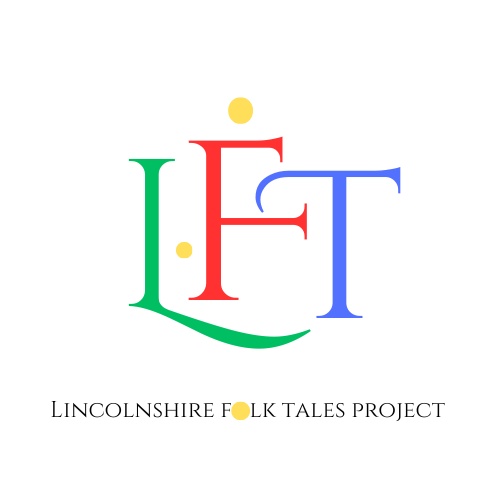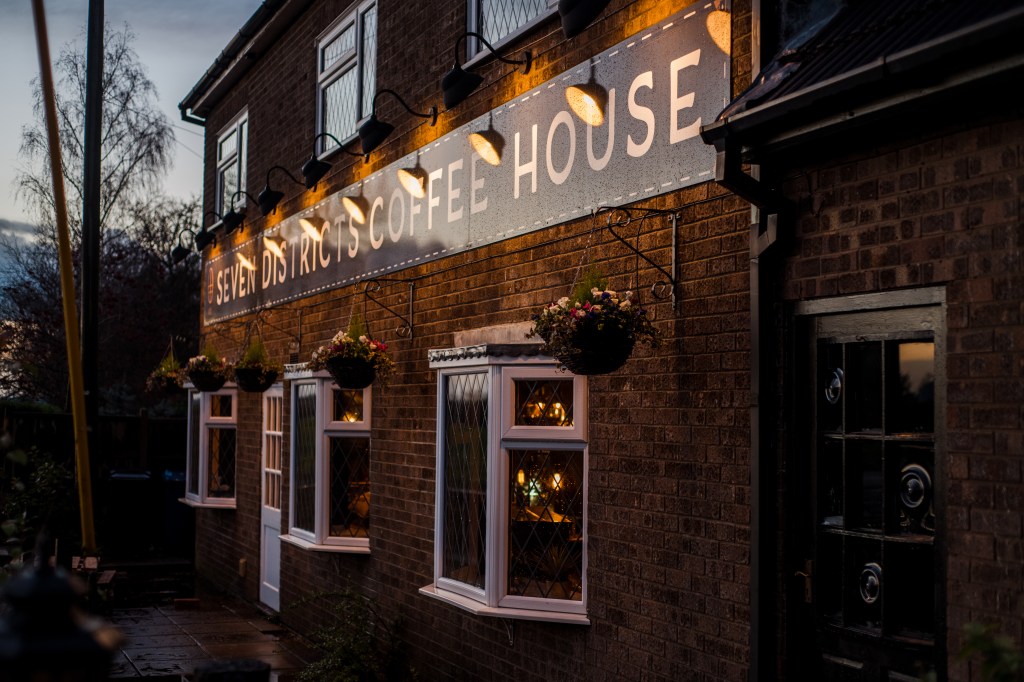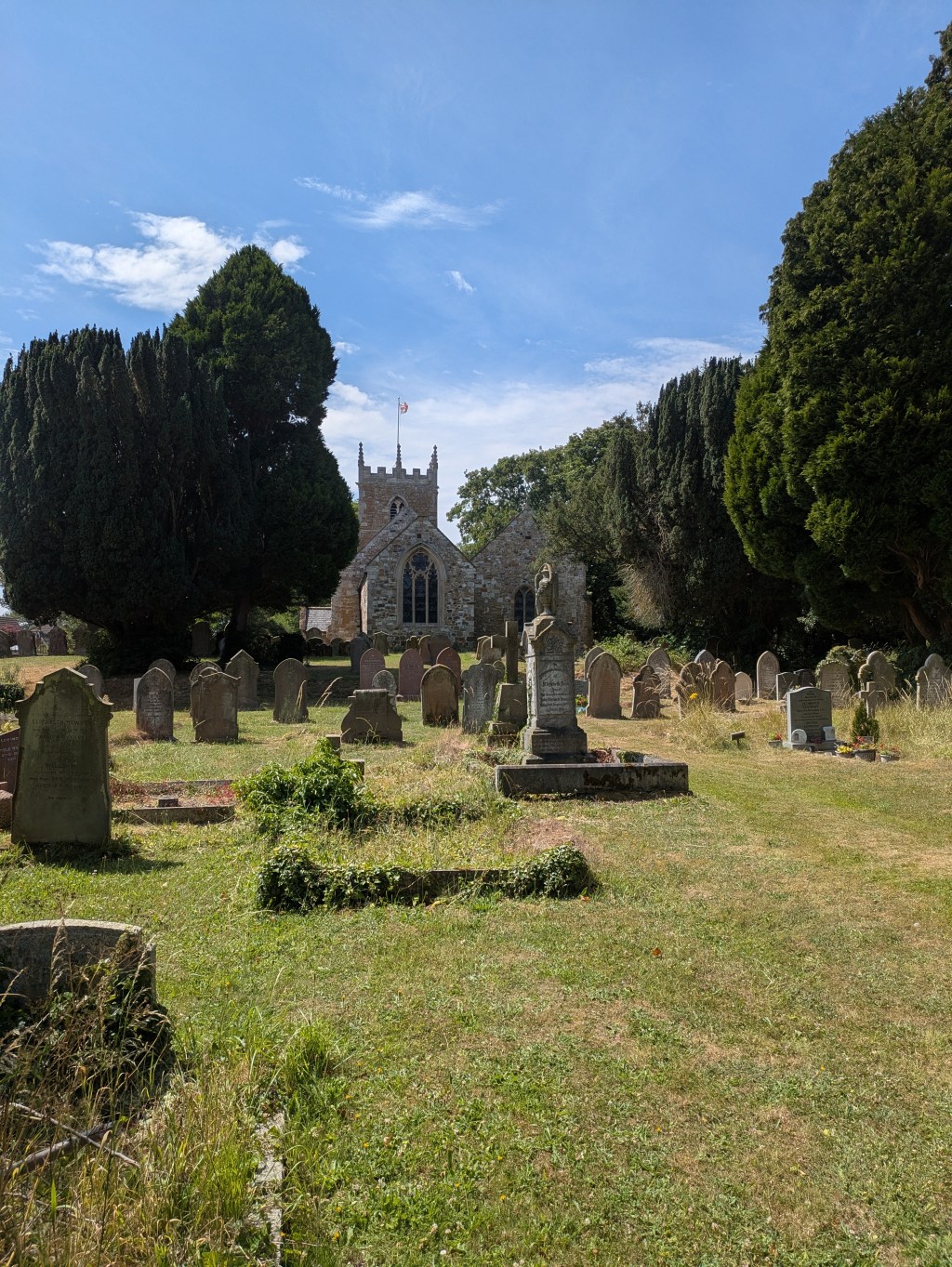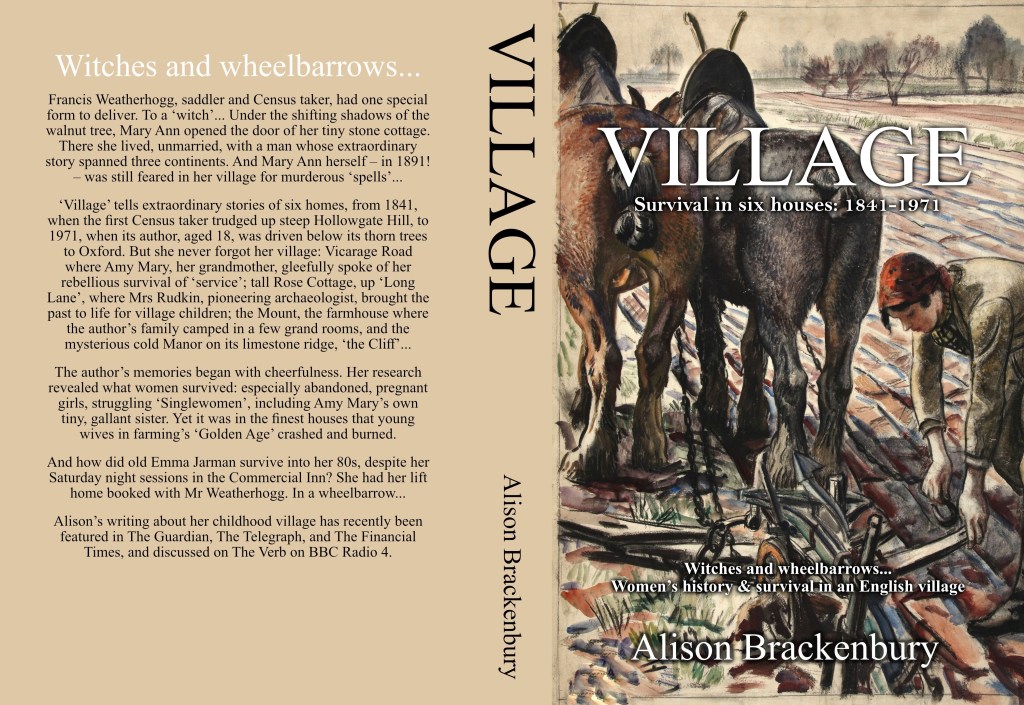Bells worked the summer sky. From the library we walked through a hot Saturday; coated in sun lotion. In front of St Mary’s, a VW wedding. As honour guard, veteran cars lined up with blue and white streamers. From shop doorways, many stared. A motorcar from that era needed special grooming to stand out in the sun and show off in front of a crowd, not unlike the young bride and groom. We admired and hiked on toward the fens’ level fields. Five, my partner Barbara and I, and Holly, Sally and Jo, the latter sisters, Holly a play-group leader; all much younger than us two and quicker a foot.
At a corner we passed a Sailor Boy Charity Shop. The sea, in these parts the great land-shaker: feared orphan-maker. No offshore breeze or hint of fish smell. The present North Sea and Wash had long retreated; chased by intervention and ingenuity that pushed back lilting waves and drained the fens, turning them into fecund enclosed acres. Silting, too, part of history. We came to a road called Roman Bank; on the map it traced an old coastline. We crossed and took our first steps, past outcrops of houses, into an imaginary sea: sub-mariners, bathing in the heat, walking on parched ground. Pausing, reclaimed land inspired us would-be writers in different ways, each with notebook. We greeted a farmer, strolling toward us rolling with sweat, who said, ‘You all look busy’.
Our way followed an uneven tricky path by an extending wheat field where wild clematis grew almost recklessly. Many other flora overlaid the privet hedgerow shadowing our steps.
Through the green, water glimmered. I consulted my leaflet. Jo and Sally, knowing the area, said, nearly in unison, they were surprised to find a pond. Its rim appeared haphazard. I explained it was the area’s last clay pit. A straggly willow clung to the reflective bank with an undisclosed purpose. Again, we wrote. Our walk, a creative writing workshop on the hoof. I questioned if anyone had noted that tree. The people of the land seemed absent – workers, farmers, harvesters and planters – that made earth hum with produce. Was it summer heat or the style of agriculture? Suddenly, the land hinted at the vast depopulations of the past. Gazing from sky to earth, Holly tended to lag; her pen moved over small bound pages. We strolled on, careful where we placed our feet on hardened, pot-holed soil. According to Edward Storey, the poet John Clare made regular excursions into the lowland ‘where the great clouds on the horizon became his only mountains.’
Hours advanced. Sail-less wind increased. Holly described its sound as water bursting down a mountainside. I half-listened to my partner and her in conversation from which a stranded phrase escaped. Sally and I talked about the growing season, how the green had lengthened. Frosted winters squeezed into childhood recollections: her and Jo from a nearby farming background. Holly from Cambridgeshire, she knew Waterlands and the fens; Barbara, from the Midlands. She had stories about nights in Nottingham and trials of getting home, catching the last train, running full tilt shoeless. For me the fens were alien. I had scraps, picked up from Hidden Lincolnshire and Waterside Walks that referred to the Peter Scott Way, I imagined must be not far toward Sutton Bridge and River Nene. His patronage opened the land for the public. His concern for environment, his art, brought a conservationist legacy to the Wash and cargo-groaning estuaries, to coned lighthouses above encroaching marshes, where brunette flash of reed warblers comes and goes.
We threaded margins of sugar beet. Barbara called ‘sugar fields’ setting off connotations in my sun-logged brain. Soil, overworked and controlled, felt freer and sweeter. Between acres, strips of wilderness gleamed. We held for each other rebellious limbs that shot across the path. Undergrowth rustled with blackberries, nettles and cow parsley which Jo described as ‘architectural’. Borders of aspen, oak, poplar, grey-leafed sycamore, sang stiffly. Flies burred round a dead vole.
Peter Scott could have hiked this way under forget-me-not blue. We moved slowly by a potato landscape. Along bare ridges, haulms stood brunt and draggled. Pulpy fruit ripened on underground branches. Jo said farmers spray potatoes to make tops die-off quicker. Growers apologise for the burning smell, she added. No odour invaded, but a look of devastation, as if after a Danish long-boat raid, the terrain scorched. Invaders couldn’t possess marginal land where many Saxons found refuge among holmes or islands, again finding sanctuary after the Norman victory at Hastings. Dark potato fields subdued us, I speculated on what each walker recorded. Industry has been exaggerated long before drainage schemes. Previous inhabitants hunted waterfowl with nets covering an acre and guns as long as punting poles. Other businesses pressed in, hired guides showed routes across treacherous wetlands. Northern cattle, fattened, were pushed on to London markets, across land-bridges. A legacy left in the derivative Drove. For centuries nomadic men led cattle herds. Mothers kept young ones from the racket and violence of hooves; today they stop their children getting close to stampeding cars and lorries on the A17.
I looked for 17th century graves that I’d read about in Land, People and Landscape. Simple designed, a foot above ground, cut in oolite, with no spaces between Roman capitalised words of name, date and location. Their displayed humility occupied. I thought also of stranger stones of Tiddy people and the belief that souls of children rise from the fens. Ahead, sugar-beet and potato-fields faded; on the right bowed heads of bold wheat addressed us. Over the dyke we crossed a millennium bridge, overgrown and near collapse, a few planks, a wooden railing on one side. Along banks smothering the watercourse, wildflowers: gipsywort, convolvulus and bogbean (I wasn’t sure of their names), released whiffs of perfume. Then, from the chatter, Holly pointed to a ground-cover of small, concave, translucent disks.
The women collected, looking over the white-hearted yellows, like a coverlet. Fever-few, they agreed. Barbara gave me a leaf. Pungent crushed in the hand. ‘It has set itself’, Jo said. I sighted on the side a sheaf of remembrance poppies.
We stepped along the bridleway. No hummocks hid the vista. The land level as I pictured the Wash’s sea-bed that ancient to medieval times travellers had ferried from Marsh to Norfolk. The eastern provinces prevailed as the centre of the country. Lincoln claimed the kingdom’s second cathedral, a string of monasteries and a regal port. Abbeys and wool diminished; the harbour silted. In the marshlands holy men, like St Guthlac, found isolated islets (‘could be occupied without dispossessing a previous owner’) and in seclusion practiced their devotion. To the thirteen century scholar William of Malmesbury the fens were ‘a very paradise and a heaven for the beauty and delight thereof, the very marshes bearing goodly trees… such abundance of fish.’ In later centuries, the bias of the nation and commerce shifted toward Nottingham, toward civil government and emergence of the industrial Midlands. The road and railway went through Newark, bridging the Trent; Lincolnshire became marginalised. The mentality of ‘being in the middle of nowhere’ developed: not from geographical disadvantage, but history’s momentum of change.
Heat biting, we struggled on. Barbara questioned, leaning on my shoulder, ‘Do you know the way?’ Ahead, by the track, stood a shed. Jo and Sally peered at the corrugated roof and inspected the interior through grimy windows. It could be a drying shed or a place farm-workers slept during harvest time. Why should a drying shed have windows? I didn’t debate. Puzzled, searching through the panes, I mulled over what sleepers might have suffered to curl-up on that straw-bedded floor. Our conversation turned to immigrants that the empty scenery concealed. Who were they? Who transformed the terrain? The Dutch came, built drains, sluice gates; left their culture in names South Holland, Kesteven, in architecture of houses steep rooved with curvy red-brick gables. ‘At least they had food’ Sally or Jo interrupted. The Irish came to work. They knew toil, food and shelter existed on the fens. Now Afrikaans, without speaking a word of English, use the Internet in Sutton Library. The Irish would have returned to their homeland, to crofts or tenements. Now itinerants stay. They follow seasons, crop after crop, hands stained from cabbage leaves, backs bent potato-picking. Others before stuck it out. WWII Airmen stayed and married Lincolnshire girls, building Polish or Ukrainian Clubs out of view, down side streets. A little to the north a log-cabin scout hut is a temporary Polish Roman Catholic church that became embedded. Now, escapees from torture, begging the motherland’s help, filter in, despite signs, pinned to verges on B roads ‘No! To Asylum Seekers’. Current residents have forgotten the generosity of the ‘patron of the fens’, St Guthlac. Within an expanse of onions a lean-to for fugitives rattled.
On a metal road, Hospital Drove, some on each verge, we needed our bottles of water and snacks. I shifted my rucksack and Jo removed her top walking in a tee-shirt. Barbara wore a laced blouse and one of my caps. She unzipped a pouch in my canvas sack, pulled a water-bottle for a long swig.
We examined a heavy-linked chain winding like a python from a house, speculating what beast had been tethered. Growls and snappy barks leapt the wall as if the hidden creature a descendent of Black Shuck with saucer eyes. We kept eyes forward, left/right, marching on. A farmer drove past in a coupé. He gave a quizzical glance that said only mad dogs and English men.
The day was about half gone. We had trekked three and a half miles. A tractor, with global tyres rolled by, pulling a trailer. Inside the cab, a blue overalled driver was grumpy that a motorist had cut him off at the junction. We guessed where the cargo of feed was destined; a green field block-printed with chestnut cattle. Reaching the gated entrance we watched cows with huge tongues lasso the scattered hay. Curiosity was drawn to a rusted implement. Its stiff conveyor-belt, like bony plates on a dinosaur’s back. A monster chuffing and clanging, now, grave-quiet, it disappeared into history as it had slipped behind nettles and sticklebacks.
Another marker of time, invisible, except for a dotted line on the map: The Midland and Great Northern Railway stretched through these fields, busy in its heyday, the guide claimed, transporting goods and passengers. The line had carried bombs from ammunition factories to Norfolk airfields. Echoes of war sped across a slow-paced geography. Brown-backed road signs pointed to aviation museums. In churchyards from North Coates to Long Sutton commonwealth war-graves resided. Stones stood white and polished against less-cared-for greying monuments of locals whom had never ‘up sticks’. Commonwealth headstones marked resting-places of airmen from all over the world. In the far past, dislodgment had been necessary and people were forced to make new homes in Tons or small settlements connected by causeways, in some cases on islands reached by navigable vessels. From there fen-sluggers would, embanking and draining, reclaim the land against fierce winds, long winters and flooding. Inhabitants waited for a peewit’s call that signalled the Tiddy Mun had been appeased with their gifts and now sunlight would reappear and the waters recede.
On the right we strolled by a line of recent houses. Sally and I teased at their newness and bravado. Exotic hollyhocks, scarlets, whites and pinks, wavered over garden walls; along protected borders spread red or yellow roses. The group dispersed into flurries of dialogues. Spliced with suspense and astonishment the journey grew into a resistance to looking back. Once more we bunched; the roar of vehicles on the A17 close. At a crossing point we waited for a gap. In twos, except for Holly, we darted across; Barbara and I holding hands.
Beyond a wide gate, stretched a grassy bridleway, too wide for practical use of walkers or farm vehicles. A preserved drove route perhaps that arable acreage had not invaded. A farmhouse planted by the way. Tall, small-brick walls held uncurtained sash windows, toward a shingled roof and sky-pointing chimneys, smokeless against the afternoon blue. We surveyed, inquiring if the property was inhabited. Through a groomed hedge a line of many-aged clothes rippled. Too distant from the structure as if they must be someone else’s garments. Like the deeply-dug field-limits, the house’s front yard hadn’t stolen an inch from the grass avenue. This virtuous non-aggression increased the sensation that the dwelling stood disconnected from the present, a survivor, atavistic site, allied to another age. Its windows stared so uncompromising, for a second, the broad way slipped from perspective into an endless corridor, abstracted from the landscape.
I sought shade by a boundary of hawthorns. Green berries foreshadowed autumn’s cool reds. Shadows short-lived, the way unrolled, a wide carpet. I looked at my brown shoes dust-filmed. Before setting out, we’d debated about footwear. Sally decided on flip-flops. Holly sworn by her sandals. Barbara between boots and trainers, elected the latter as had Jo. Above cloud-shaped aspens, we sighted angled arms of cranes on the loading docks at Sutton Bridge.
Far off rose the silver cone of St Mary’s. Our avenue tattered into heightened greens; a path swinging to right sloped to the shore of South Holland Main Drain. I descended to the shore – a skyline at my right shoulder.
Below the lip of the agricultural plane, space pulsed with new intensity. We stepped into a trough, a frontier zone between embankments and mercurial slowness. Down at the edge, a released wind shivered leaf-pennants. The ground starred with dark blue flowers. My heart leaped. Sheltered from panoramas, we reached a sanctuary, hugging the water’s gleam. Life hummed, flew, waded or manoeuvred. A mallard community rose startled by our appearance.
Nature had claimed back the drain, cutting new fenlands. My reading told me: in an older topography, thousands had lived a thousand generations and had left a trace of their existence. I walked through environment designed from concepts of the 18th century Enlightenment. Straight waterways, fields squared to precise demarcation, roads formed into an urban grid; equal and rationalised space, as if the fens should look like the centre of Paris. Those builders created control and order if it meant illuminating dark marshes, straightening crooked ways; accepted evacuation of fen-sluggers. It meant progress. Fenners had possessed the land without ownership, lived, bred, trapped and made light of crooknecks, stilt-strided over unstable ground. They fought for two centuries, from Ancholme Carr to Cross Keys Marsh, to save their life-style, for another hundred years, before succumbing to windmills and steam-power. Finally they could fight no more. Freeholders suffered doubly: end of common-land and advert of drainage restrictions. 19th century anti-fenlander polemicists were amazed poets such as John Clare and Alfred Lord Tennyson were inspired by these dark, dour, damp environments.
The drained land wasn’t returned to original dwellers, but sold to pay for the engineering schemes, to outsiders who became gentlemen farmers, landowners. The poet Rilke says, every era leaves its dispossessed. Economics was not enough to enforce transformation. Were we five dispossessed – walking out there – at odds with the normal haste of reality? The past had to be vilified. Fensmen demonised as living ‘in foule and woosie Marshe, supporters of chaos, enemies of organised life. They lived like Aborigines of North America,’ a speaker of change raged, ‘a kind of lawless life, almost in a state of nature, and their ideas, wild as their native Fens… not very easily subjected to reason or control’.
Through the Enlightened landscape the water passed without a wiggle of protest. Life-ways of the fenners lingered in museum bits in Spalding, duck-cannon, a punt, a few trinkets, in legends of Imprisoned Moon and grey-gowned Tiddy Mun and will-of-t-wisps lights that lured people to their deaths in misty marches. Who were they misguiding? Cosmopolitan Macaulay maligned fen-sludgers as ‘half amphibious beings’. The indigenous people of the fens used everything that rose from earth and slipped below uncertain surfaces. They existed by, a now recognised, cyclic ecological creed. When the territory was pumped, their ways vanished. A genocide took place. Saintly outsiders became the isolated, deprived of decent customs, became by another twist, depraved, by another worshippers of darkness lurking along sinuous routes. Their holy status reversed they were deemed in league with demons. Some saw the fen-people caught by delirious fancies of marsh fever who must be rescued. In the ninth century monks fled into the fens to escape invaders and established outposts of piety and care for all living creatures. I longed as I stepped forward to dream-up those sloggers with hems lapped by moonlight.
My companions re-captured imagination. They complained about nettles, so close to the ground that got into flip-flops. Barbara and I shared our last water. The sun had moved an inch. The great percession had notched a millionth of an inch backward, not to where humanity stood, but to where it might stand thousands of years hence. The glowing course moved on between grassy banks. Along the east edge, we gingerly made our way, slapping at horse flies, dodging nettles. Into the water small docks protruded where fishermen competed for trophies. Between the brass numbered plates, a huge dragonfly retraced its empire.
Yet I felt compassion for planners with fragile schemes to subjugate nature’s will. The struggle went on to keep water moving across alluvium, to preserve fertile turf. Many were drawn to the challenge. By embankments some families had lived through their own epoch. Individuals were conscripted. War-prisoners who had laboured, afterwards stayed and secured property. Now their children strolled along the hard-won banks.
‘Look at the golden-rod,’ I shouted. ‘Not golden-rod. It’s ragwort.’ Sally corrected. The drain’s bank offered many phenomena. Spikelets of grasses, honey-coloured, some sallow fading towards autumn, from midsummer, but stretching up like labial finials.
Call-notes, full, rapid. The group paused. Listened. Stared to glimpse the source of chittering. One, then another saw, adjusting sight to pick out camouflaged birds that clung to sedges or in skipping flights ascended to a dwarf tree. Barbara guided until I spotted small dull shapes. Then lost them in the rhythmic turmoil, behind the moving mosaic before our eyes.
The drain’s waterside teemed with insects; blue florescent damsel flies, singular or joined in a twosome. Bees worked the dotted flora. Sweating air full of wind and droning flies. Barbara, whose blood insects loved, had a minor bite on her left ankle. Jo and her sister conversed along the shore catwalk. Against polite rapport, a horse fly in hot pursuit caused Jo to bolt with yelps. When we reached the bank’s top, and saw in front and around fen horizons, a final confrontation occurred. The horse fly landed for a bite and received a fatal blow from Jo’s notebook. A white page carried a red smear.
We had left that manger of nature. The trail ascended. Moderate coolness of Holland Drain dwindled in the sun’s warmth. Hitting level terrain, traffic noises grew louder. On the bank-top we spied a rubbish pile visitors had discarded: MacDonald hamburger boxes and drink containers. We walked Seagate, a little-travelled lane tracking the once last outpost before the waves threatened. When the tides withdrew, the land must have felt less perilous to those first generations who with spade and plough turned loom-rich ground, and founded their homes.
Each walker attuned to their new-found-land. We turned from unhurried water and traits of ancientness. Over a minor rise, the group strode into an upper kingdom. We saw St Mary’s tower beyond drapery of trees: a landmark of arrival and conclusion. Our raised road divided history, the known and recordable on one side, the legendary untellable on the other. Known graves were 17th century, same age first exertions to drain the fens partially succeeded. New-comers had required earth to inter their dead. Where, among morasses, oozy isles, did earlier dwellers, the Gyrvii, bury theirs? Placed them in reed coracles, set on fire, set them adrift?
With that question enduring, the end of our quest disarmed me. We climbed what no other culture would call a hill except where it stood valued against ubiquitous fens. We finished at the Library, our starting point. Arrived at a pace and observant as if the effect of energy-wasting heat illusory. The town in a haze, relieved no thunder shocks had broken that hot afternoon. Long Sutton’s roof tiles absorbed the light. The morning’s excitement – the wedding party had dispersed with the escorting VWs. The settlement had returned to a self-effacing discreetness. We’d come full circle. The fairy-tale sun dawdled, had hours before it would sink far to the north-west. Each participant hurried. They deserted the adventure to re-enter the everyday which summoned us to diverse beginnings. Each had a stash of scribbles, perhaps a poem, to keep secret or offer to a favourite reader.
I don’t know what became of the words gathered on the fens. Three out of five of the co-wonderers I would never meet again.
The Lincolnshire Folk Tales project is grateful to Paul Sutherland for this evocative story.
Paul Sutherland, a Canadian-British poet/writer, has published twenty collections of poetry, editing seven others. He’s founder of Dream Catcher a national-international journal in its 43rd issue. He runs writing workshops and often performs, leads seminars, mentors and organises retreats, and collaborates with other artists. He also lectures on, for example, Sufi poets and English Literature. In 2012, Spires and Minarets was published by Sunk Island and Journeying by Valley Press, the latter re-issued 2021. He became a Sufi Muslim 2004; two books followed: Poems on the Life of the Prophet Muhammad (2014) and A Sufi Novice in Shaykh Efendi’s Realm, (in Romania in a bilingual edition, 2014; re-printed in UK 2015) He turned freelance in 2004. A New and Selected Poems was published by Valley Press 2017: 384 pages, containing 45 years of writing. The book was listed by the Poetry Book Society in 2017 and The Morning Star selected it as a book of the year. The University of Lincoln (UK) archives his poetry, prose and criticism. A book of love poems, Amoretti, was published in 2018, and Red Streamers Children’s Routes and Red Streamers by Chaffinch Press in Ireland in 2020. Servant of the Loving was released in 2021 by Beacon Books (UK).
The Beautiful Walk, a children’s adventure story, illustrated by Afifa Sutherland, is due out later in the year from Beacon Books. He’s on social media under Paul Abdul Wadud Sutherland or Paul Sutherland. He was commissioned in 2022 to write a memorial book to celebrate the life of Sabrina Yusoof from Sri Lanka. The book is available from the author or by free download on Amazon.
You can meet Paul at the Word Fest in Market Rasen, where he will read a selection of his poetry in St Thomas’ Church on Saturday, July 6th, 11:15-12:15.







Leave a comment